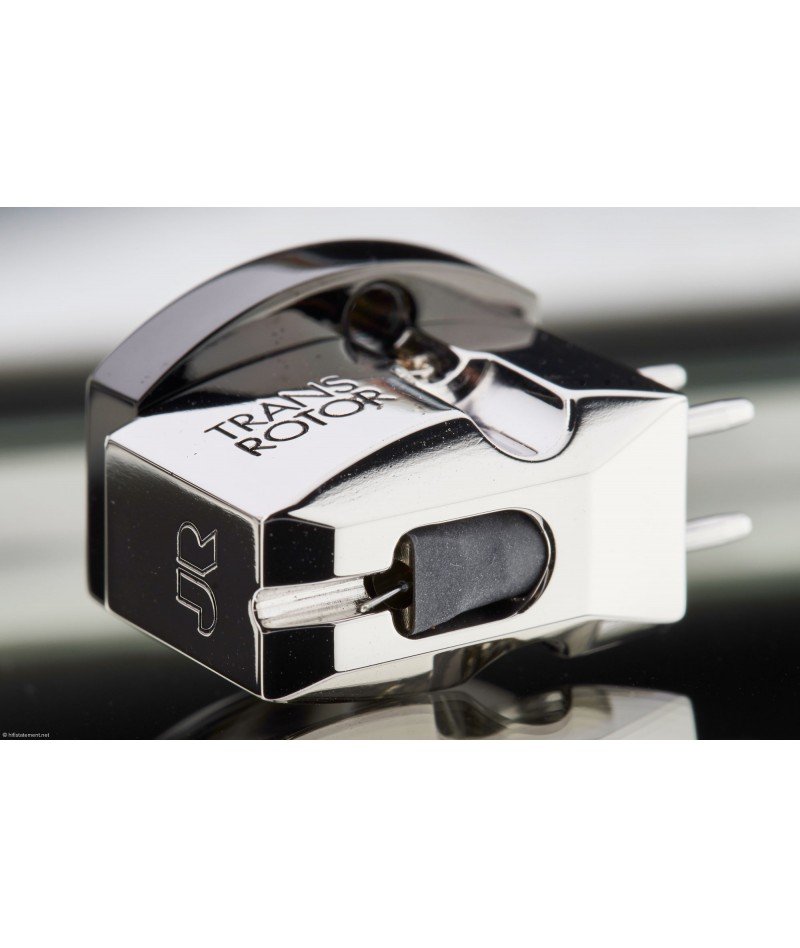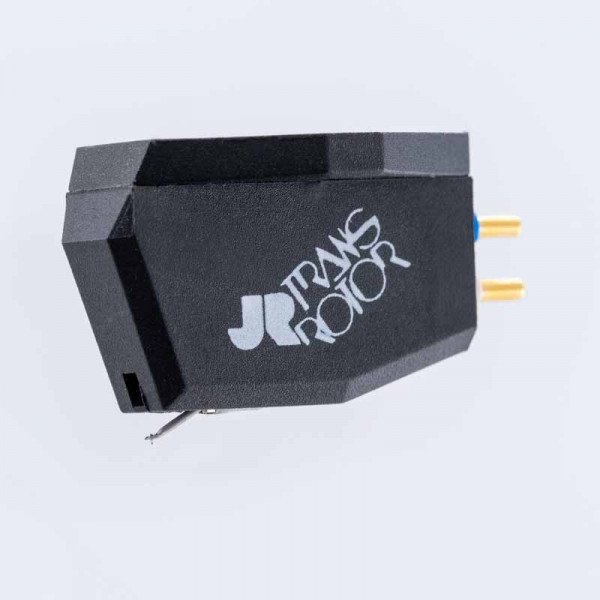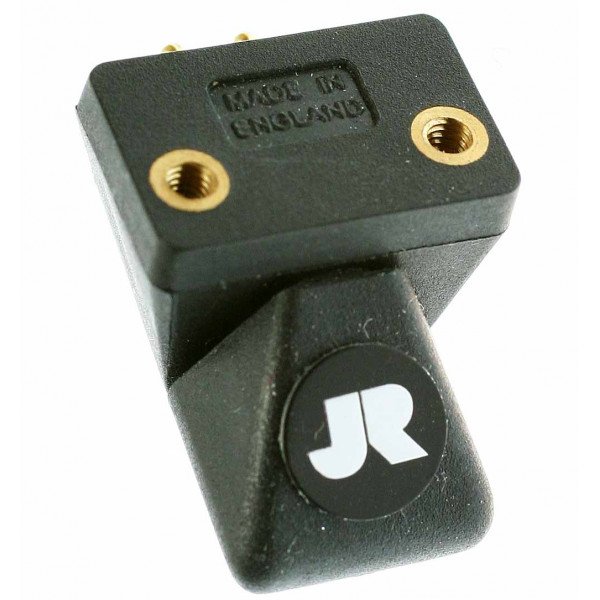The Transrotor Cantare is a serious competitor to other manufacturers in this price range where you can find almost exclusively products such as Audio Technica, Denon, Ortofon and Goldring who have been making cartridges for over 50 years.
JAPANESE FINISH
The Transrotor Cantare, which connoisseurs will easily identify as a representative of Goldring's Eroica series.
The normal Eroica uses a Gyger II cut diamond, while the Cantare, made exclusively for Transrotor, has a so-called harmonic cut.
A Line-Contact cut carefully polished by the Japanese gemstone cutter Ogura.
The harmonic diamond is located at the end of a rather short aluminium needle holder, which protrudes from a very light (5.3 g) plastic case (Pocan). The Cantare is optimised with regard to the weight of the system and the flexibility of the needle (18 m/mN) for use in medium-weight tone arms.
Sonically, the Transrotor Cantare presents itself as a neutral but precise cell. This means, of course, in the first place that it is not noticeable by exaggerations. This does not mean that it is boring or too soft. The cantata can very well reproduce the strong attacks of a piano with good dynamics, without being overdone, even if the sound itself is not as transparent as the merlo reference
In the same price range as the Cantare, Transrotor offers the Uccello Reference, a moving magnet system also equipped with a harmonic diamond and also manufactured by Goldring.
The two cartridges are very similar tonally, although the Cantare has a slightly more precise and concise sound image.
The Transrotor Cantare is a serious competitor to other manufacturers in this price range where you can find almost exclusively products such as Audio Technica, Denon, Ortofon and Goldring who have been making cartridges for over 50 years.
JAPANESE FINISH
The Transrotor Cantare, which connoisseurs will easily identify as a representative of Goldring's Eroica series.
The normal Eroica uses a Gyger II cut diamond, while the Cantare, made exclusively for Transrotor, has a so-called harmonic cut.
A Line-Contact cut carefully polished by the Japanese gemstone cutter Ogura.
The harmonic diamond is located at the end of a rather short aluminium needle holder, which protrudes from a very light (5.3 g) plastic case (Pocan). The Cantare is optimised with regard to the weight of the system and the flexibility of the needle (18 m/mN) for use in medium-weight tone arms.
Sonically, the Transrotor Cantare presents itself as a neutral but precise cell. This means, of course, in the first place that it is not noticeable by exaggerations. This does not mean that it is boring or too soft. The cantata can very well reproduce the strong attacks of a piano with good dynamics, without being overdone, even if the sound itself is not as transparent as the merlo reference
In the same price range as the Cantare, Transrotor offers the Uccello Reference, a moving magnet system also equipped with a harmonic diamond and also manufactured by Goldring.
The two cartridges are very similar tonally, although the Cantare has a slightly more precise and concise sound image.













